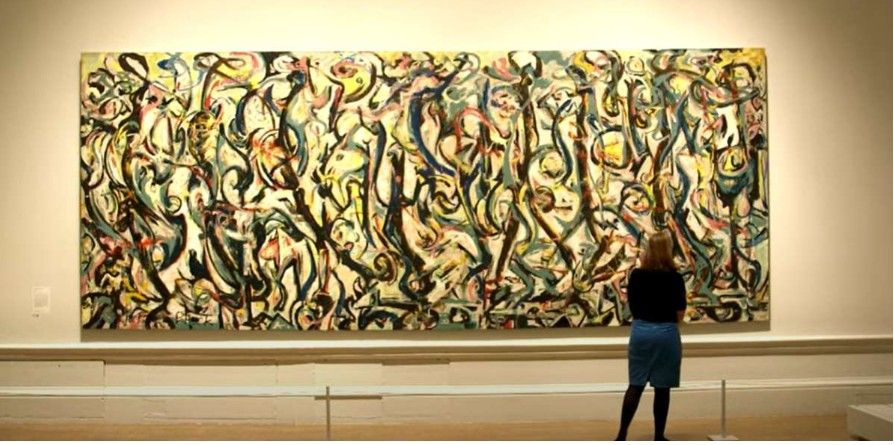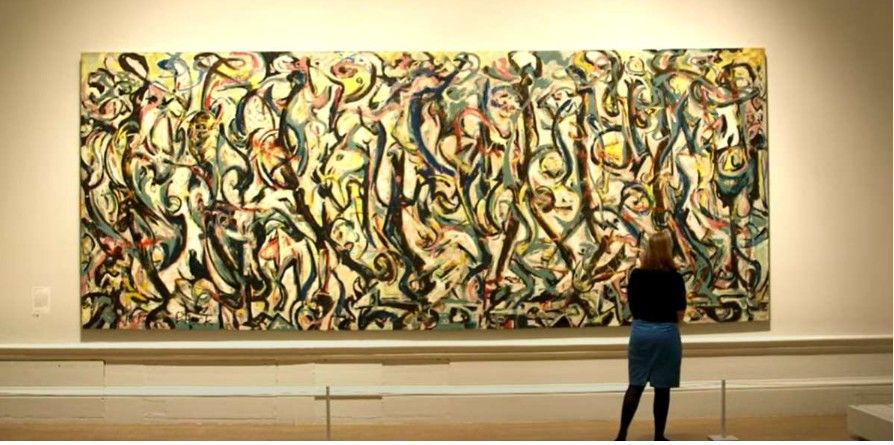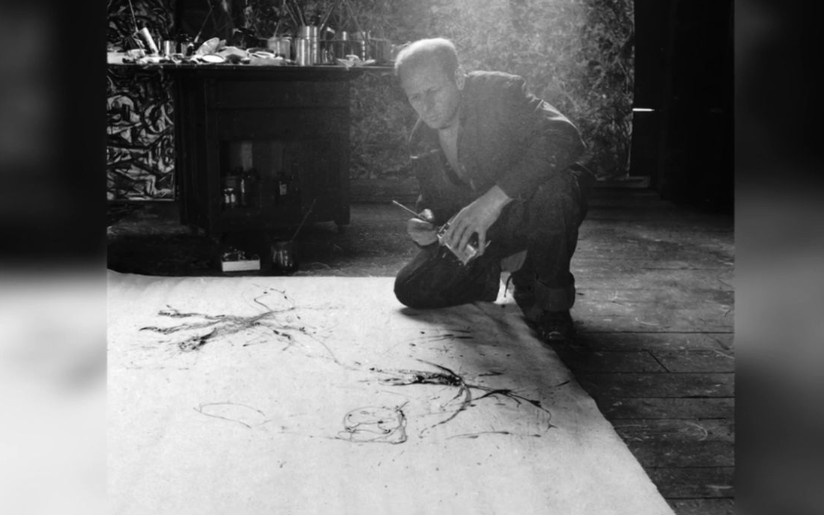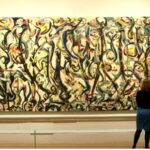Now Reading: Jackson Pollock Painting Worth $140 Million: The Story of No. 5, 1948
-
01
Jackson Pollock Painting Worth $140 Million: The Story of No. 5, 1948
Jackson Pollock Painting Worth $140 Million: The Story of No. 5, 1948

When people talk about record-breaking art sales, one name often rises to the top: Jackson Pollock. Known for his revolutionary drip-painting technique, Pollock redefined modern art and left behind works that continue to command jaw-dropping prices today. Among them, one stands out above the rest—the Jackson Pollock painting worth $140 million, No. 5, 1948.
This monumental piece not only rewrote auction history but also cemented Pollock’s place as one of the most valuable and influential artists of the 20th century. Let’s unpack the story behind this legendary sale, the painting itself, and why it still matters in today’s art world.
What Is the Jackson Pollock Painting Worth $140 Million?
The painting in question is No. 5, 1948. Measuring a striking 4 by 8 feet, it’s a dense, chaotic web of yellows, browns, and grays, painted not on canvas but on fiberboard. Pollock created it using his iconic drip-and-pour technique, a style that shocked critics in its time but later became one of the defining movements of Abstract Expressionism.
At first glance, the composition might feel overwhelming, even messy. But this tangled layering of paint is exactly what made Pollock revolutionary. He wasn’t just painting; he was capturing motion, emotion, and energy in a way the art world had never seen before.
The $140 Million Sale: Breaking Records in 2006

Image Source: JACKSON POLLOCK – YouTube
In May 2006, No. 5, 1948 was sold in a private transaction for a staggering $140 million. The seller was media mogul David Geffen, known for his vast and enviable art collection. While the buyer was widely rumored to be Mexican financier David Martinez, his legal team quickly denied the purchase, leaving the official buyer a mystery to this day.
What’s clear is that the sale shattered records, making No. 5, 1948 the most expensive painting ever sold at the time. It held that crown until April 2011, when another masterpiece took its place. Still, this moment pushed Pollock into the same market category as old masters like Picasso and Van Gogh, proving modern art could command equally astronomical prices.
Why Is It So Valuable?
So why is a Jackson Pollock painting worth $140 million in the first place? A few key reasons:
- Iconic Status: No. 5, 1948 is considered one of Pollock’s most important works, perfectly showcasing his “action painting” style.
- Innovation: Pollock’s technique was groundbreaking. Instead of traditional brush strokes, he drizzled and poured paint, turning the act of painting into a performance.
- Provenance: Works with a rich ownership history are always in demand. This painting’s journey—from its creation in 1948, through a repair and repaint after damage, to its high-profile 2006 sale—makes it even more significant.
- Cultural Importance: Pollock’s art helped reshape the post-war art world, moving America into the spotlight of modern art innovation.
The Story Behind No. 5, 1948

Image Source: JACKSON POLLOCK – YouTube
Interestingly, this painting’s history is as tangled as its composition. After Pollock finished it in 1948, the piece was damaged while being moved. Rather than discarding it, Pollock reworked the painting, and the revised version was even more powerful than the original. Its first owner reportedly praised the transformation.
That history of damage and rebirth only adds to its mystique, making No. 5, 1948 not just a work of art but also a story of resilience—both for the piece itself and for Pollock as an artist.
Other Pollock Sales That Made Headlines
While No. 5, 1948 made history in 2006, it’s not Pollock’s most expensive sale to date. In 2015, his Number 17A sold privately for around $200 million. That painting gained fame decades earlier when it was featured in a 1949 Life magazine spread, introducing Pollock to a mainstream audience.
Quick Comparison: No. 5, 1948 vs. Number 17A
| Feature | No. 5, 1948 | Number 17A |
| Sale Price | $140 million (2006, private sale) | $200 million (2015, private sale) |
| Size | 4 x 8 feet | Approx. 4.5 x 3.5 feet |
| Technique | Drip-and-pour on fiberboard | Drip-and-pour on canvas |
| Notability | Most expensive painting at the time | Currently Pollock’s highest-priced work |
| Cultural Moment | Cemented modern art’s market value | Featured in Life magazine, 1949 |
FAQs About the $140 Million Jackson Pollock Painting
1. Which Jackson Pollock painting sold for $140 million?
The painting is No. 5, 1948, sold in May 2006 for $140 million in a private transaction.
2. Why is No. 5, 1948 so famous?
It’s a prime example of Pollock’s drip-painting style and is considered one of his most iconic works, embodying raw energy and artistic innovation.
3. Who bought No. 5, 1948?
The official buyer remains unconfirmed. Mexican financier David Martinez was rumored to be the purchaser, but his legal team denied the claim.
4. Is No. 5, 1948 Pollock’s most expensive painting?
Not anymore. While it broke records in 2006, Number 17A sold in 2015 for $200 million, making it Pollock’s highest-priced work to date.
Final Brushstroke: Why Pollock Still Matters
The tale of the Jackson Pollock painting worth $140 million isn’t just about price tags—it’s about impact. Pollock pushed boundaries, changed how we see art, and captured something raw and human on every canvas.
Whether you admire the splatters or struggle to make sense of them, there’s no denying that No. 5, 1948 continues to inspire conversation, debate, and admiration nearly 80 years after it was painted. And in the art world, that kind of staying power is priceless.
Feature Image Source: JACKSON POLLOCK – YouTube












